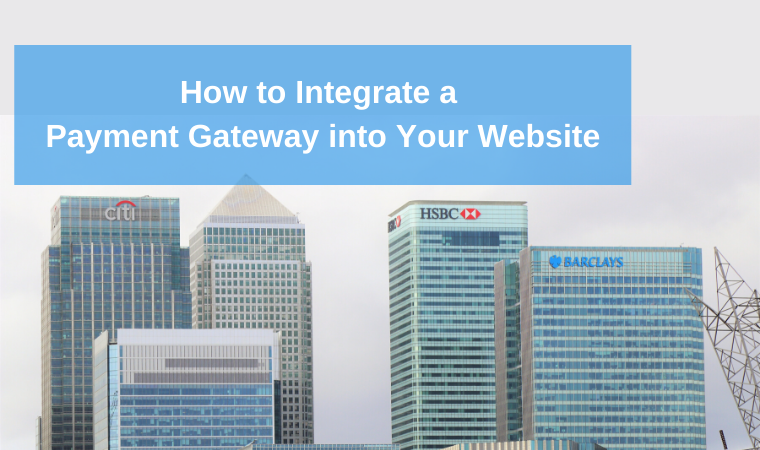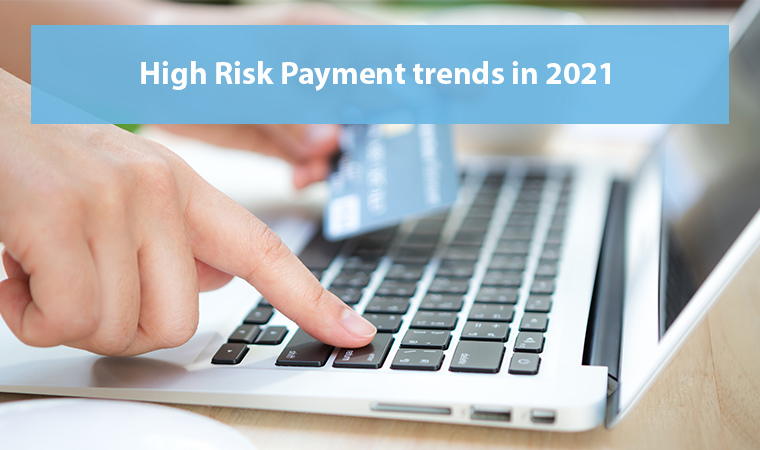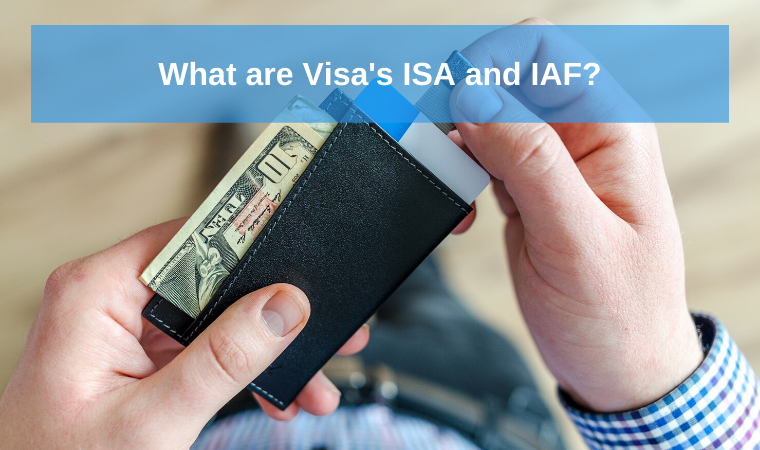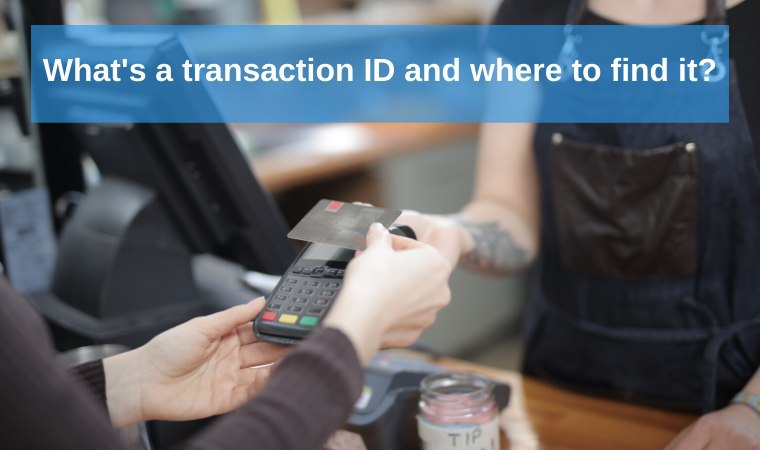How to integrate a payment gateway into your website

The online shopping market is going to hit $4 trillion in 2020. E-retail shoppers spend $300 to $1,000+ on average. And we cannot deny the fact that the number of online shoppers keeps growing every year.
Yet, to earn money online, business owners need to launch websites to expose their goods and services and sell them to customers. To be able to accept credit cards, merchants have to partner with the payment processor that provides a payment gateway.
In this article, we share the actions sellers need to make to integrate a payment gateway. Learn how the procedure goes to come prepared.
What is a payment gateway?
If you are only starting a business and have never heard of this term, here is a payment gateway definition.
A payment gateway is a special technology that allows merchants to accept credit and debit card payments. This technology is responsible for sending transaction information to the seller’s acquiring bank.
Simply put, that is a connector between you and your bank that will securely handle the payment data.
Pre-integration activities
Before you can integrate the payment gateway to your website or online platform, you need to do several steps.
1. Find the payment service provider
A payment service provider is a company that will supply you with the payment gateway. Note that the payment processor may provide its own payment gateway or use the third-party one. Based on this, you may or may not pay a payment gateway fee.
Of course, as you look for a payment processor, pay attention to the features it offers. They should fit your company’s needs.
2. Apply for a merchant account
After you’ve found a perfect match, it’s a high time you applied for the merchant account. Payment processing companies have online application forms on their websites. The form usually contains general questions. You’ll need to state your company’s name and its country of incorporation, phone number, and some other data.
Yet, commonly there are some industry-specific documents that the company may require. For instance, the list of documents the payment provider may require for Forex business owners is:
- Certificate of incorporation
- Share certification
- Company extracts (that include: nomination of director, owner details, and registered address of the company)
- Passports’ copies of all company owners and officers with their signatures
- Official settlement bank account
- Proof of address
- Processing history (if applicable)
- Proof of domain ownership
- Bank account confirmation
- Power of attorney/Declaration of trust
The full provision of the documents will help you open an account faster. That means you won’t send after other papers and waste time.
3. Prepare your website
You won’t be able to open an account as well as acquire the payment gateway without a fully established website. What do we mean by this? Well, your website needs to answer several requirements.
1. There should be a transparent description of the goods and services you send.
2. Provide the Terms & Conditions and Privacy Policy pages. There are some additional requirements as well:
- Cancellation Policy – if you sell physical or digital goods or products via subscription,
- Shipping and Return & Refund Policy – if you sell physical goods,
- Deposit/withdrawal policy, AML, and KYC Policy – for gambling, forex, crypto sites,
- KYC Policy – for dating and adult websites,
- Risk disclaimer – for gambling, forex, crypto, and adult websites.
3. Create a Contact page. It should state the company information and at least two ways of contact.
4. Make sure there is a consumer’s registration form. It should include the T&C Acceptance or the Counterpart Agreement fields. For gambling, dating, forex, crypto websites, don’t forget to provide obligatory date and place of birth field.
These basic requirements will also save your time and let the payment processor accept your application faster.
Integration activities
Now we are at the essential point of the article, where you have to choose how you’d like your payment page to be integrated. Most of the payment processors offer various integration types for their merchants. Taking into account the specifics of your business you can choose the next options.
HPP (or Hosted Payment Page).
- With this integration type, the payment processor will be fully aware of the payment gateway integration. All the security-related questions will be in the hands of the payment processor. That means it will provide you with fraud & chargeback prevention, makes sure the payment page uses the secure (https://) connection and ensures its PCI DSS compliance. Yet, you need to remember that the information about the payment will be hosted on the payment provider’s servers. Nevertheless, the hosted page is customizable and you will be able to add your business logo or special marks. The page can include a wide number of payment methods and currencies you can negotiate with the payment processor.
API.
- If you choose this integration option, you will be responsible for the payment page creation. Normally, the payment processor provides API documentation on its website. Unlike a hosted page, API integration gives you more control over your actions. The data shared during the transaction goes to your servers. On the one hand, you have an over-clock access to information for better analytics. On the other hand, you need to invest in security measures also. That means you need to be PCI DSS compliant as well. Thus, the customization options with API integration are much wider. Of course, you will also be able to add a variety of payment options and currencies. This integration fits you if your company deals with large-amount transactions.
Virtual Terminal (or VT).
- This is an integration option that will employ only the payment gateway. You will only need to login by entering your credentials and then enter the client’s payment data. Needless to say, to ensure the payments’ safety choose a trusted payment processor that has experience of providing and maintaining a virtual terminal. This payment software is a proper solution if you are working with the MoTo transactions. This option is ready to use right after you install the payment gateway.
Plugins.
- It’s also possible to integrate a payment gateway with the special plugins. For instance, there may be the following CMS plugins like WooCommerce, XCart, ZenCart, Shopify, etc. To add the payment gateway for, let’s say, WordPress, you need to press Plugins >> Add New >> Choose the payment processor’s plugin available from the list. Then you need to customize some settings with the help of the information the payment provider shares with you.
As you can see, there are various options that can cater to your needs. Choose one of them based on your business type and size, transactions’ amount and volume, and other features typical for your industry.
Conclusions
In this article, we’ve shared the process you need to go through to integrate the payment gateway. As you can see, it takes some essential steps. Before the integration itself, you need to prepare your website and documents for the revision. Only after you get the merchant account you can lay aboard to the payment gateway integration.
As you can see, there are the four most widespread integration types you can choose from – HPP, API, VT, and CMS plugins. The way you integrate the technology depends fully on you and your company’s needs and capabilities.
PaySpacelv supports all four options and will be ready to assist you during the integration process. To get started, fill in the form. We do our best to help you accept payments safely and hassle-free.





